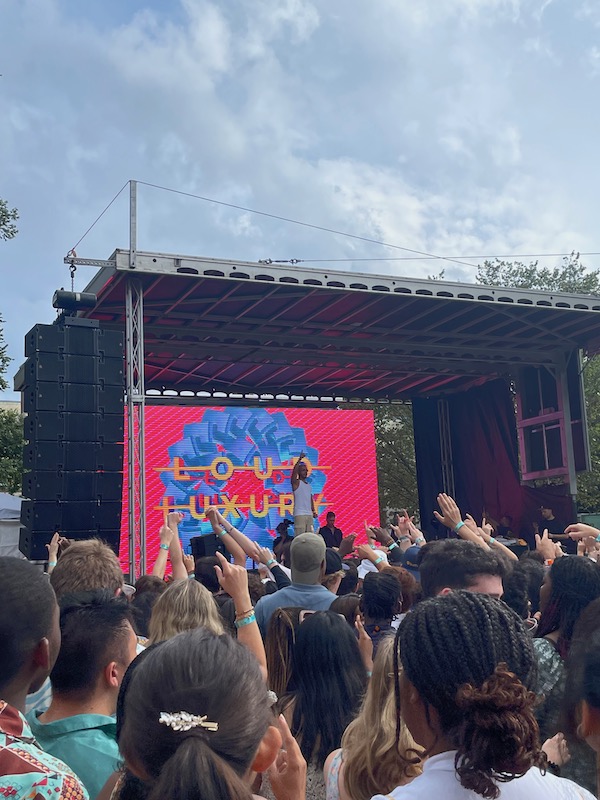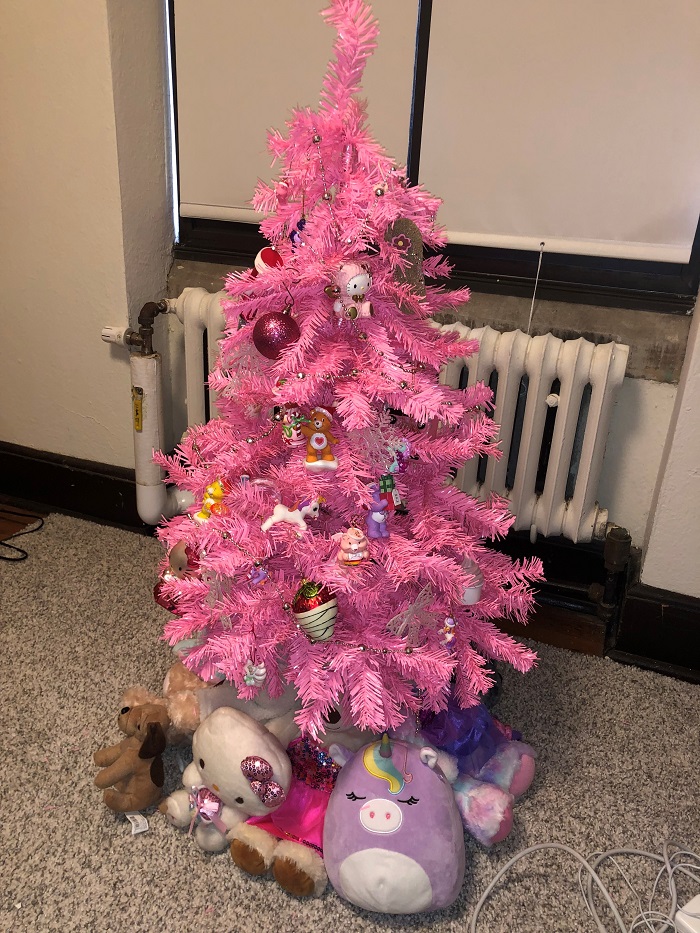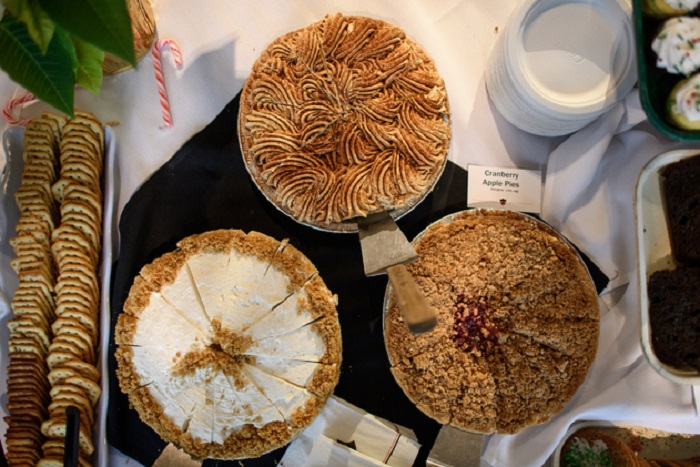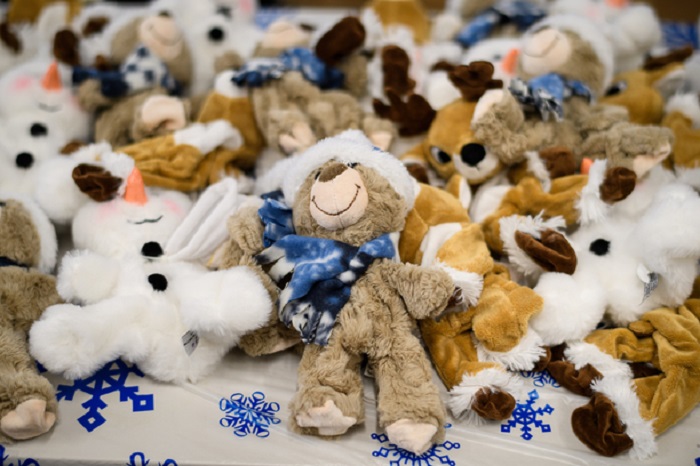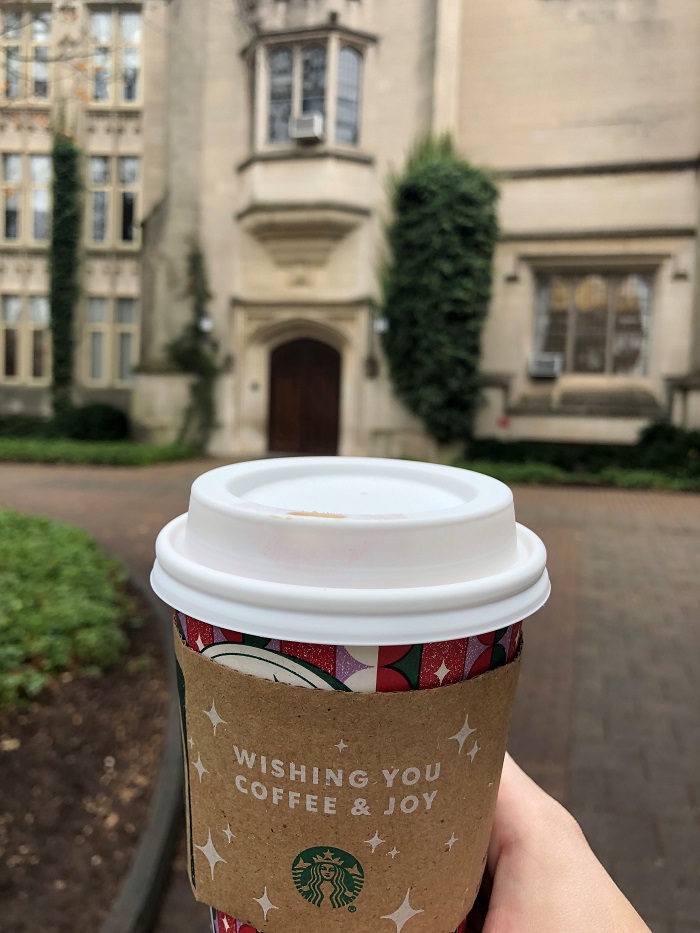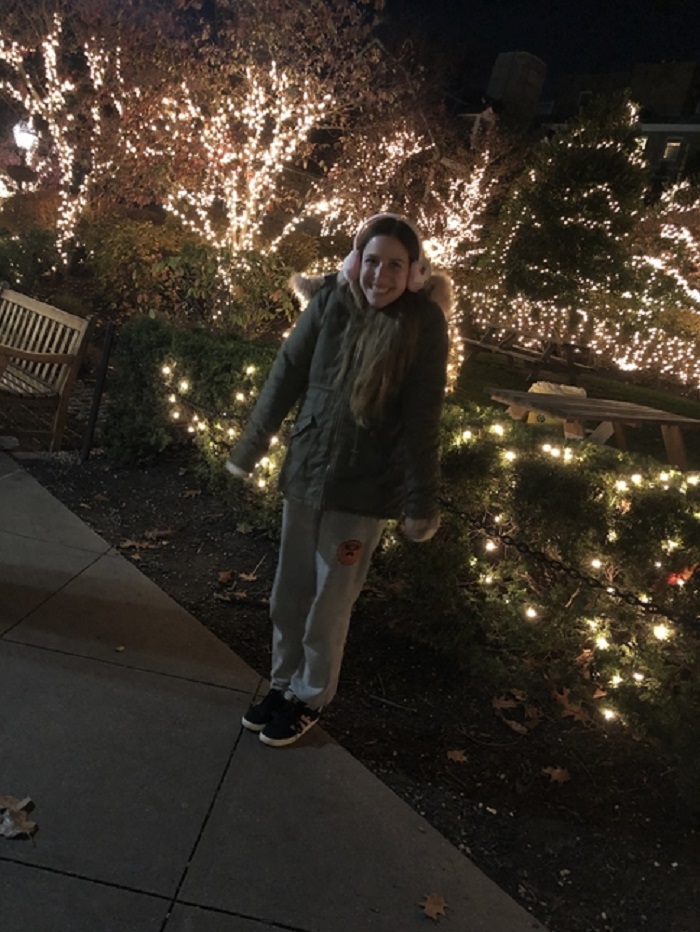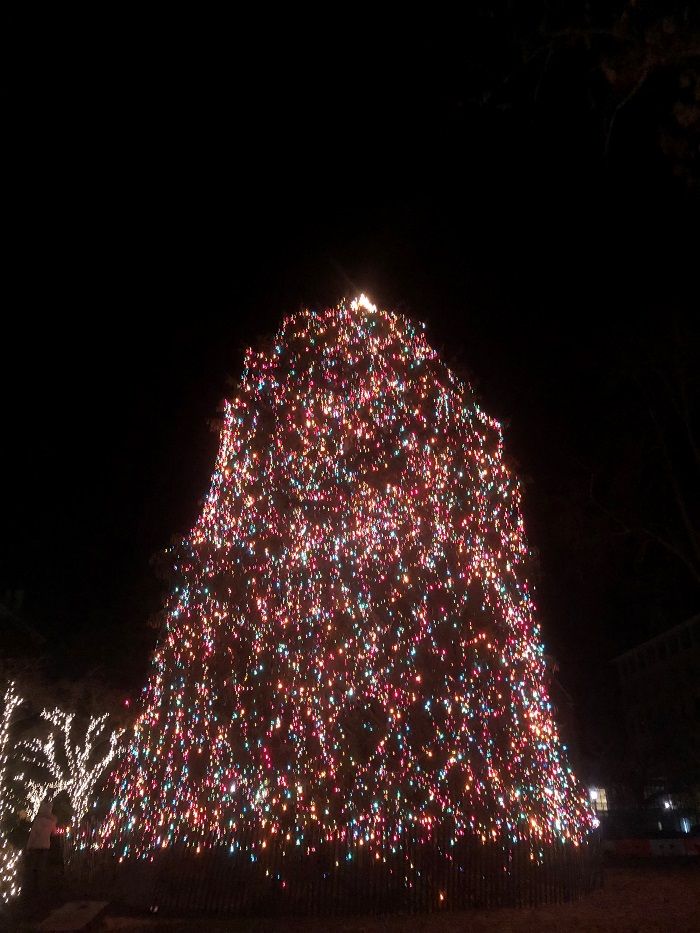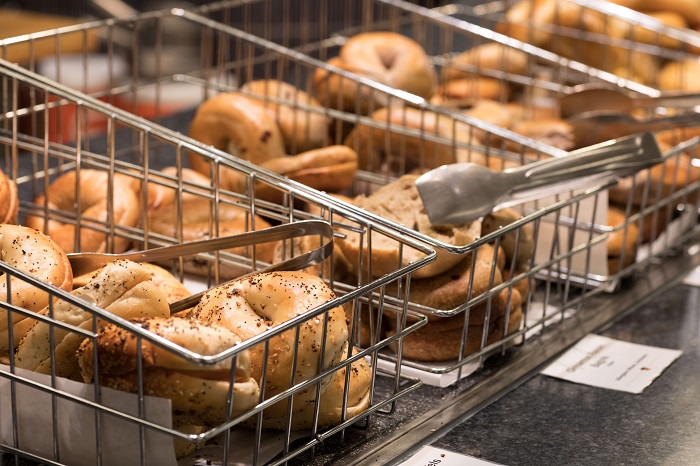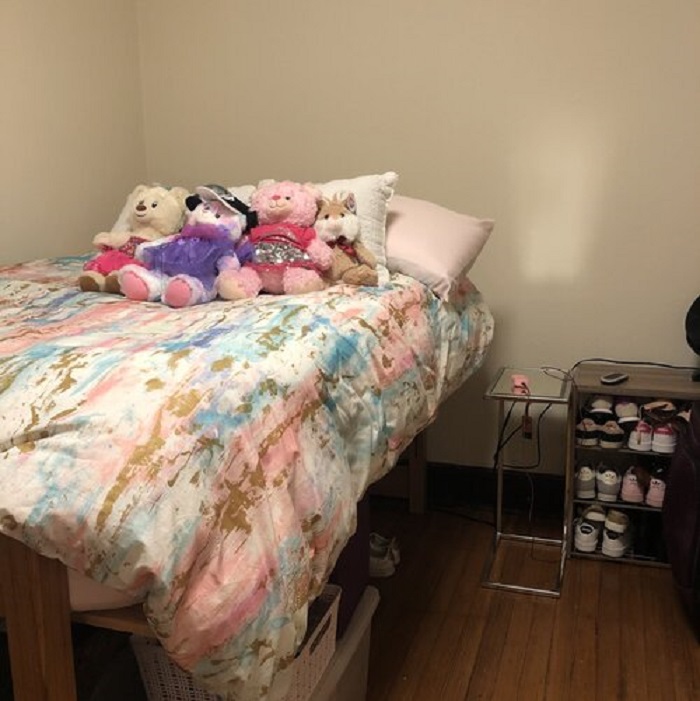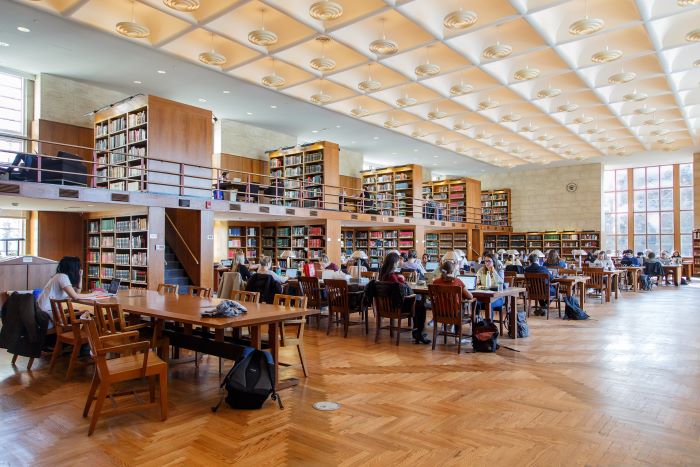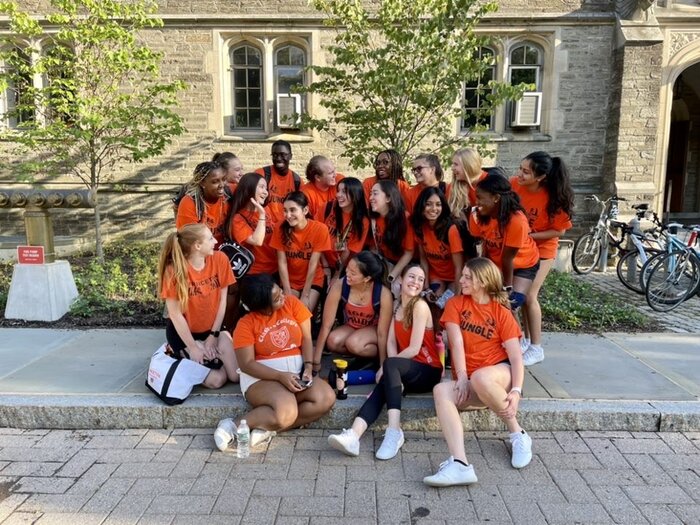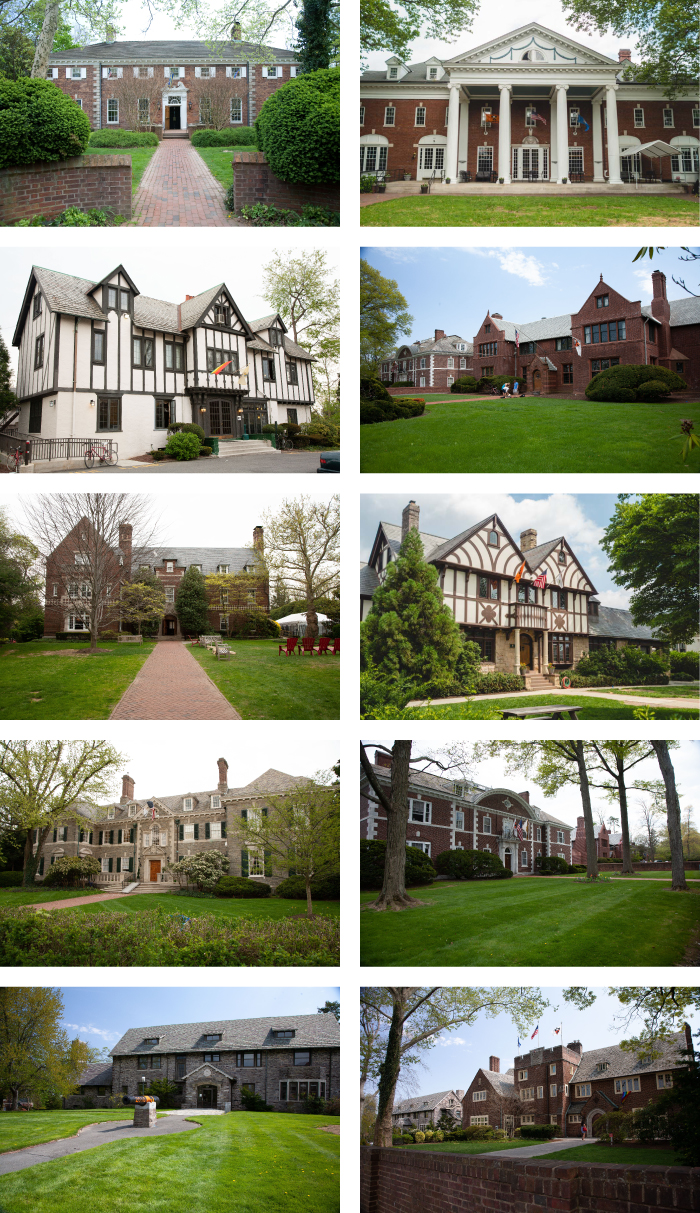As I approach my second to last year at Princeton, I find myself astonished at how quickly time passes; days blur into weeks, weeks into months, and then eventually, a whole year has gone by and I find myself looking back at where I was previously and where I am today. Two years is a lot — three is even more. Three years is the right amount of time to self-proclaim myself as an expert on all things Princeton, yet also, a decent duration that leaves me time to humbly realize there is still a lot I have (probably) yet to learn.
For now, here are some lessons, experiences, and findings I wish a 17 year old me knew when I was applying to Princeton.
- Princeton has a lot of resources — a TON. For example, Lewis Library has the Makerspace, which rents out plenty of portable gadgets, devices, and tools for both personal and academic use. The Career Center has frequent drop-in hours for advising sessions alongside numerous networking opportunities. Dillon Gym has a wide breadth of unique classes that one can explore when choosing to work out. Truly — every building here has its own subsection of departmental resources that help to enrich your life at Princeton.
- There is plenty of free food on campus. Aside from the dining halls, eating clubs, and numerous cafes at Princeton, one can find food through the FreeFood listserv. The listserv frequently promotes uneaten (and fresh) food that can be found across campus. It redirects leftover food from clubs, halls, and departments, preventing it from going to the landfill by circulating it to anyone interested in grabbing a small bite to eat or a larger meal for the day. It is simultaneously sustainable and convenient for those who find themselves wanting a snack.
- The Residential Colleges (ResCo) at Princeton host plenty of social activities . Aside from the weekly socials that each ResCo hosts for their members, quite often, there will be opportunities to sign up for excursions with the members of your college. Some examples include going to a baseball game or a musical in Broadway.
- Princeton has lots of fairs — career fairs, academic fairs, ResCo fairs, etc. From professional networking opportunities to extracurricular and study abroad exploration, these fairs are rich sources of snacks, merch, and information for those on the hunt for opportunities.
- Orange grows on you — there’s something slightly obnoxious about the color that screams pride. Whether you find yourself intentionally sporting the color on a game day or just hastily slapping on the abundance of merch you find yourself accumulating, you begin to grow a deep found appreciation for orange.
These aren’t the most innovative or extraordinary findings but they are things I assume my younger self would greatly appreciate (or at least find amusing). Perhaps as you embark on your own college journey, you’ll find yourself creating your own list of musings that one day you can look back at with profound gratitude and nostalgia.







